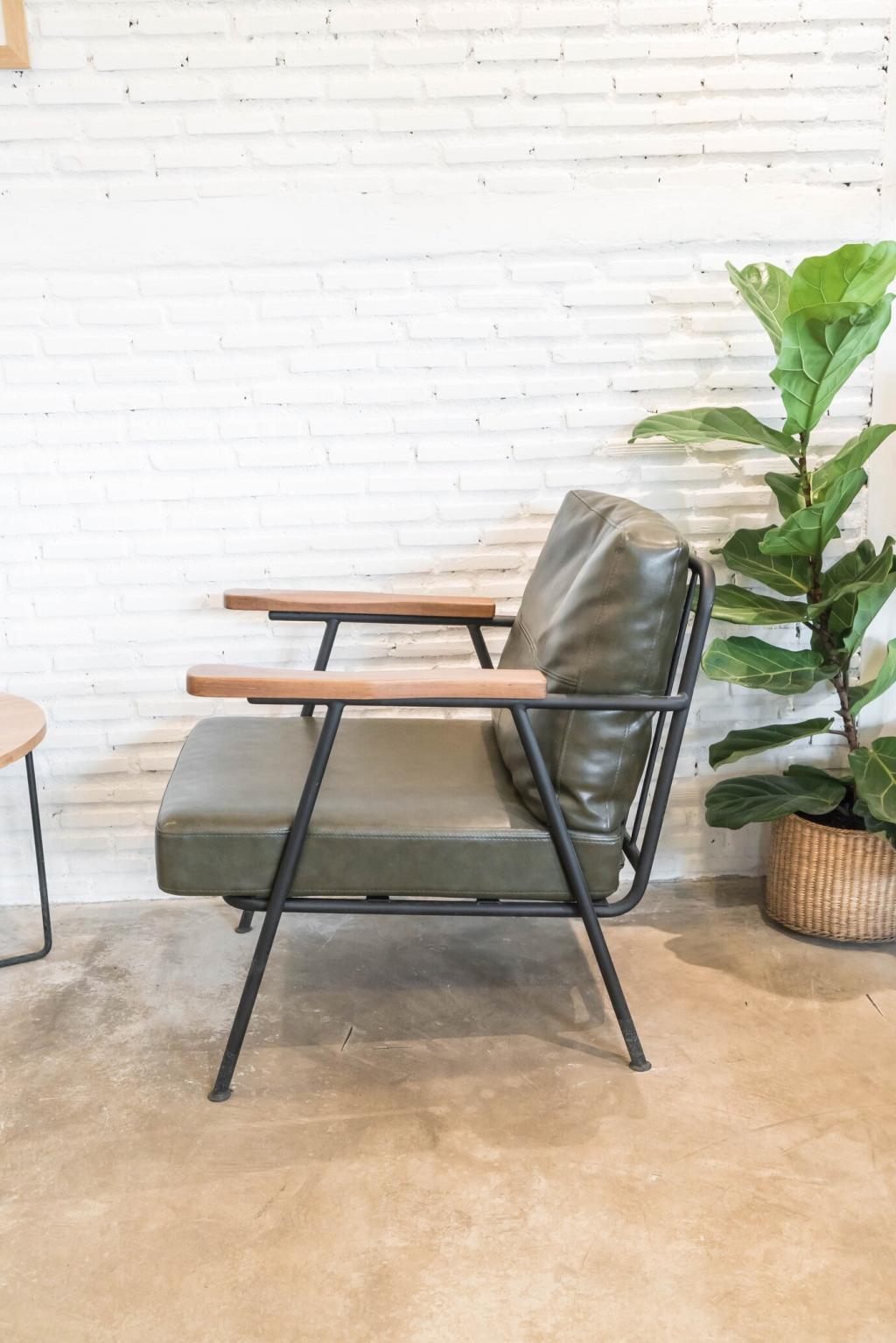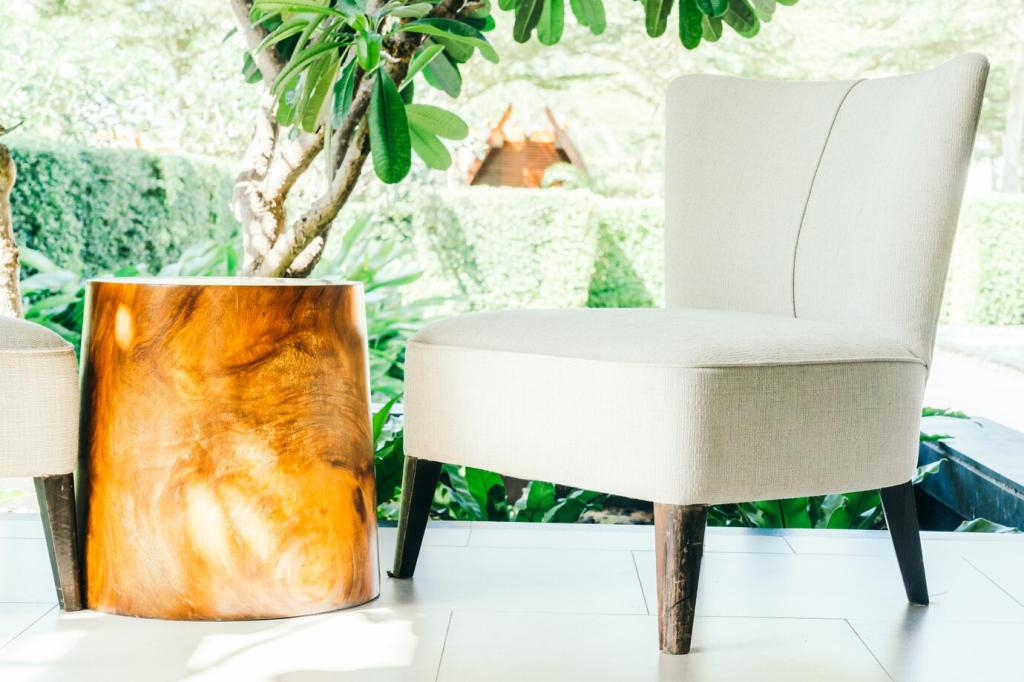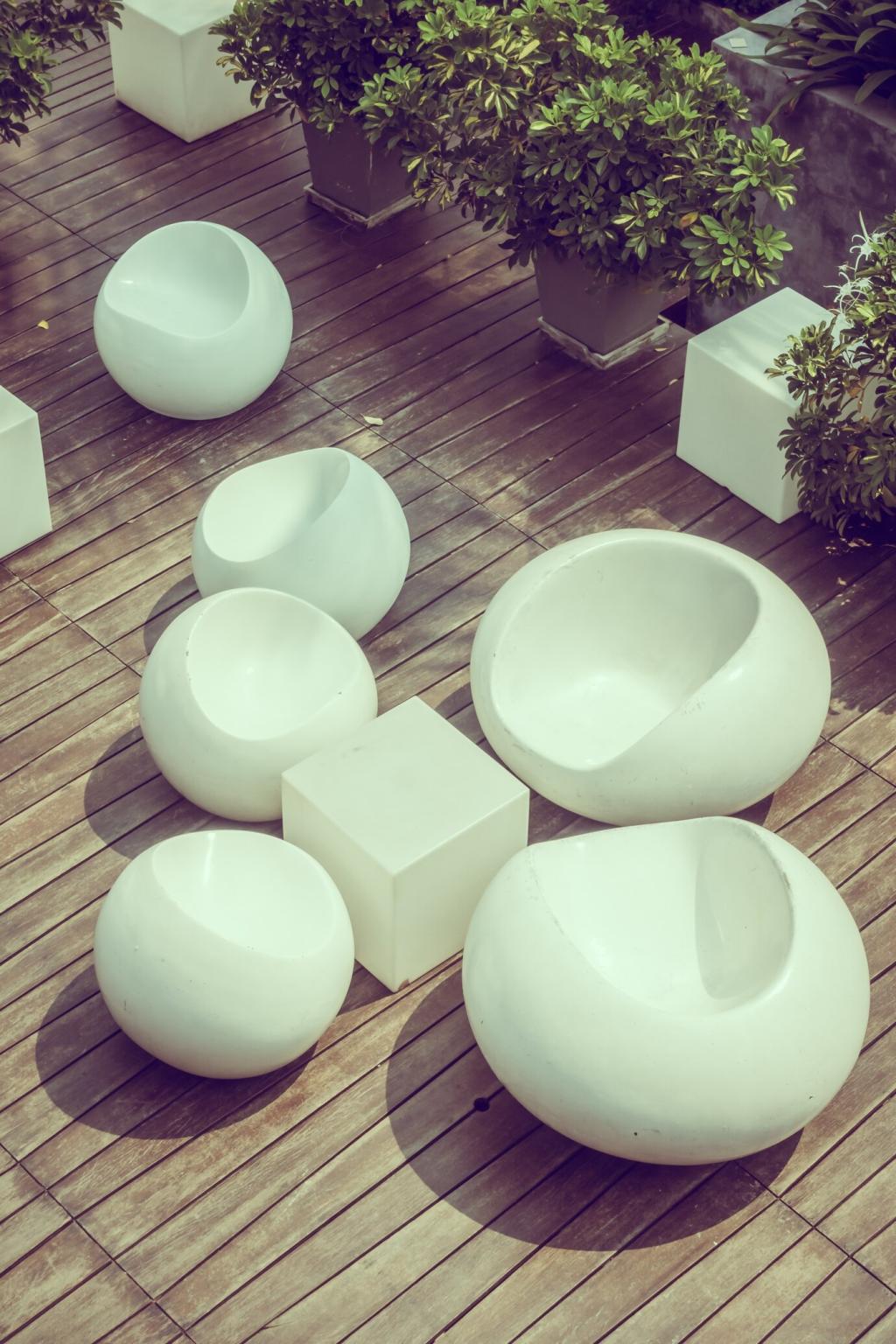Materials to Prioritize and Those to Avoid
Choose FSC-certified hardwoods and well-seasoned softwoods; they endure and refinish beautifully. Minimize particleboard and MDF, which often rely on urea-formaldehyde adhesives. When composites are unavoidable, ask about no-added-formaldehyde binders and transparent sourcing. Your wood choice influences longevity and daily air quality.
Materials to Prioritize and Those to Avoid
Organic cotton, linen, hemp, and wool regulate temperature, age gracefully, and reduce microplastic shedding. Confirm GOTS or similar textile certifications, and ask about low-impact dyes. Be cautious with stain-resistant treatments using fluorocarbons. Practicality matters, but so do breathable fibers your skin appreciates.








